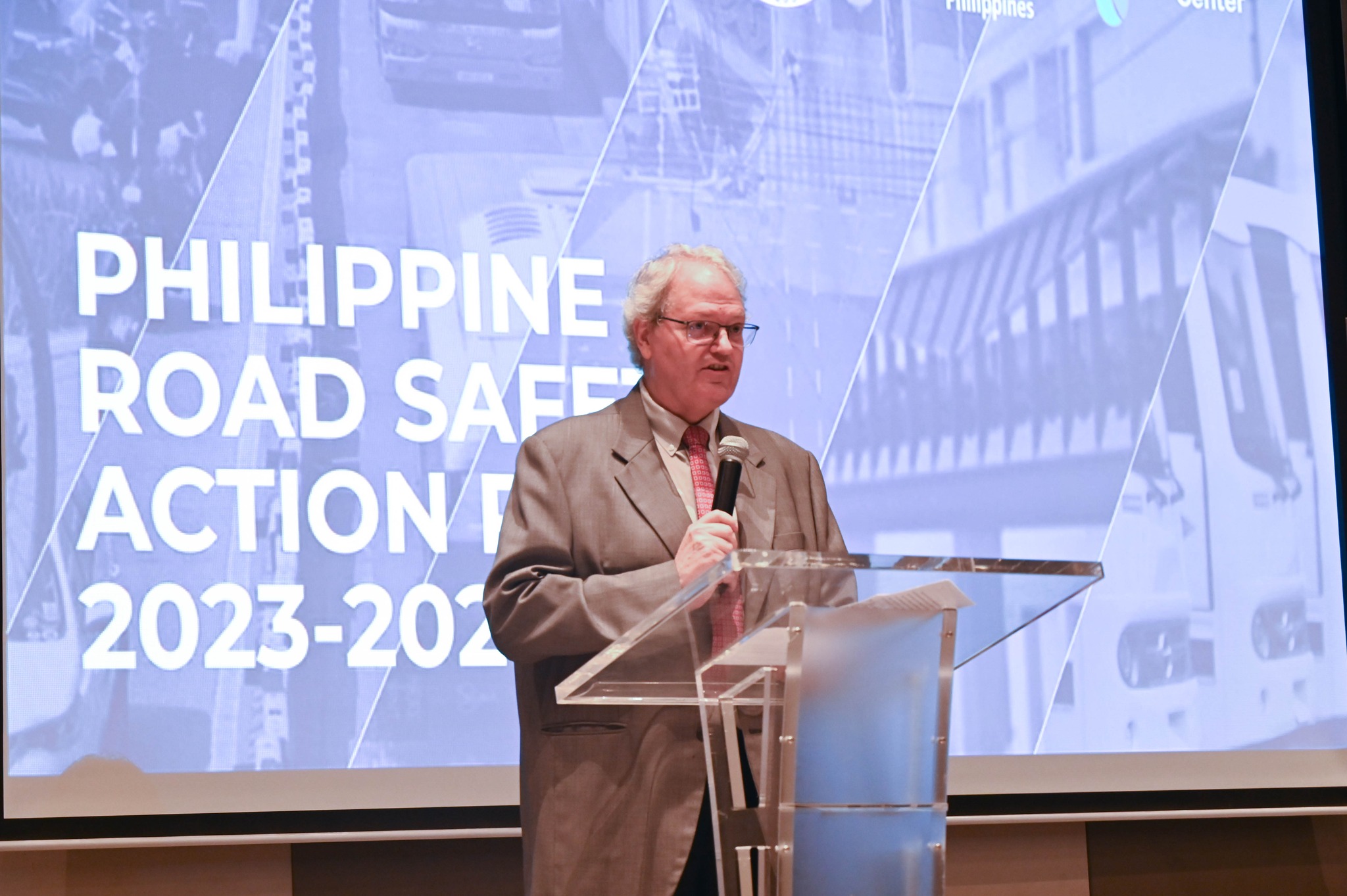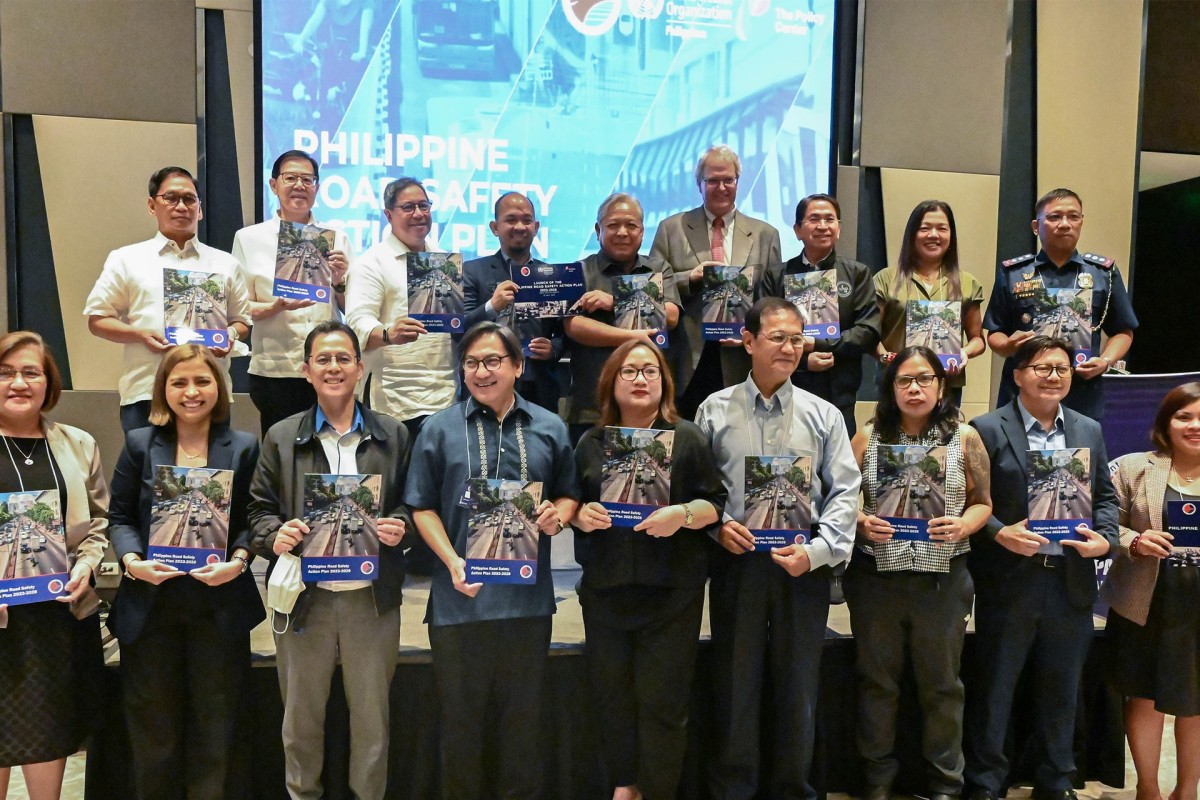QUEZON CITY, (PIA) -- The Department of Transportation (DOTr) and the World Health Organization (WHO), together with road safety partners, launched the Philippine Road Safety Action Plan 2023-2028.
The launch event was part of the celebration of Philippine Road Safety Month and this year’s Global Road Safety Week. The Global Road Safety Week is commemorated annually on the third week of May to raise awareness of traffic rules and advocate for road safety to prevent injuries and casualties.
"The Department of Transportation takes road safety seriously. Our approach is anchored on prevention and education," Transportation Secretary Jaime Bautista said during the launch on Wednesday.


The transport chief said the Land Transportation Office (LTO) is at the frontline of road safety education campaign that involves knowledge of defensive and safe driving as license requirement, and vehicle roadworthiness.
Bautista added that the Public Utility Vehicle Modernization Program (PUVMP) is also one of the DOTr’s road safety initiatives, which will upgrade smoke-belching and diesel-powered jeepneys to modern PUVs that conform to Philippine National Standards.
Bautista also cited other road safety projects, such as the innovative Active Transport, EDSA Greenways, and with the Bus Rapid Transit (BRT) concept of the EDSA Busway being replicated in Cebu and Davao.
Aimed at taking action after the road safety plan launch, Bautista called on stakeholders to finetune efforts to ensure that roads are getting safer especially for the children.
"Majority of our transport projects are aligned towards promoting road safety.
But we need to benchmark the effectiveness of our initiatives with global standards," he said.


The Philippine Road Safety Action Plan (PRSAP) 2023-2028 is a comprehensive document that serves as a roadmap for road safety in the country.
Guided by the vision of a Philippine society with zero deaths on the road, and a target of at least 35% reduction in road traffic deaths by 2028, the PRSAP is built on five pillars with identified strategies in creating a safer road environment.
The first pillar – road safety management – highlights the need for the following: strengthening DOTr as the lead agency for road safety, establishing quality data, enhancing research, engaging stakeholders, promoting multimodal public transportation and land-use planning, and advocating for adherence to applicable international agreements and adoption of global best practices on road safety.
The second pillar – safer road – tackles safety in infrastructure design, construction, operation, and maintenance and highlights addressing the safety and mobility needs of vulnerable road users such as motorcyclists, bicyclists, pedestrians, children, the elderly, and persons with disabilities.
The third pillar – safer vehicles – focuses on enhancing vehicle registration and inspection systems and compliance to harmonized vehicle standards and regulations. It also highlights the importance of establishing an audit team dedicated to public utility vehicles, private fleets and other public utility vehicle (PUV) operators. Further, it includes putting in place regulations for safe use of electric vehicles as covered under the Electric Vehicle Industry Development Act (EVIDA).
The fourth pillar – safer road users – emphasizes increasing public awareness and support for road safety. It recognizes the importance of media and communications and highlights the importance of stricter enforcement of laws on road safety.
Lastly, the fifth pillar – post-crash response – focuses on improving access to pre-hospital care, trauma care, and rehabilitation for victims of road crashes. This pillar ensures that road crash victims receive appropriate, immediate, and subsequent medical care. (dotr/pia-ncr)



